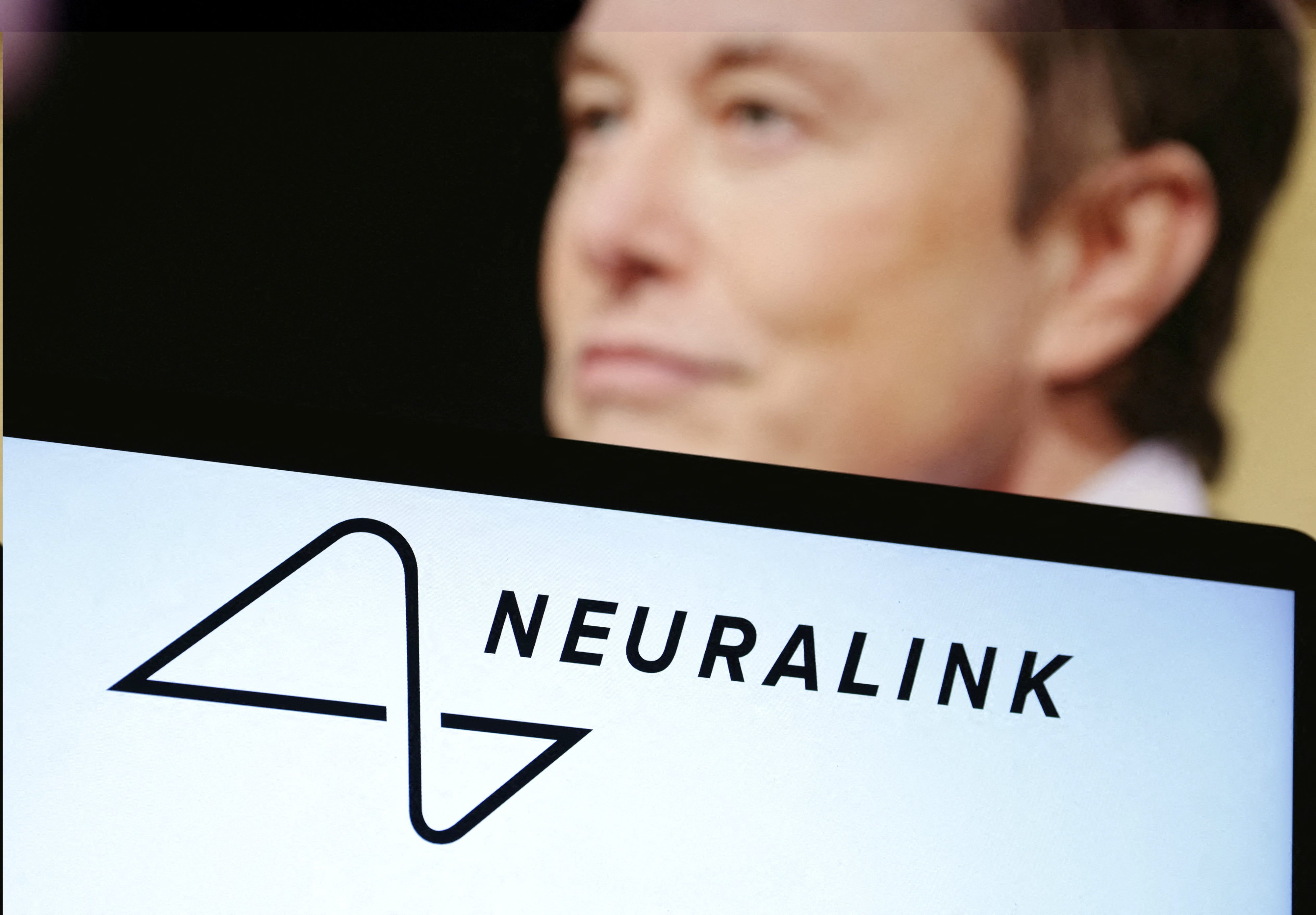Elon Musk says he is going to put brain chip into second person – despite major issues with the first
Neuralink’s ‘Telepathy’ system will get its second trial in the next week or so, billionaire says

Your support helps us to tell the story
From reproductive rights to climate change to Big Tech, The Independent is on the ground when the story is developing. Whether it's investigating the financials of Elon Musk's pro-Trump PAC or producing our latest documentary, 'The A Word', which shines a light on the American women fighting for reproductive rights, we know how important it is to parse out the facts from the messaging.
At such a critical moment in US history, we need reporters on the ground. Your donation allows us to keep sending journalists to speak to both sides of the story.
The Independent is trusted by Americans across the entire political spectrum. And unlike many other quality news outlets, we choose not to lock Americans out of our reporting and analysis with paywalls. We believe quality journalism should be available to everyone, paid for by those who can afford it.
Your support makes all the difference.Elon Musk’s Neuralink is aiming to put its second brain chip into a person, the billionaire has said.
The operation is scheduled within the “the next week or so”, he and executives at the company said in an update. After that, the company hopes to implant the chip in the “high single digits” of people this year.
That is despite issues with the first recipient, 29-year-old Noland Arbaugh, who received the chip in January.
Initially, Neuralink said that his implant had gone “extremely well”, and the company said he was using it to play games among other tasks.
In the week after the implant was completed, however, some of the 64 “threads” that are implanted into the brain have disconnected. The company has considered removing the implant from his brain, according to reports.
In the latest update, Mr Musk and his staff said that about 15 per cent of the channels in Mr Arbaugh’s implant are in use. But he is still able to use the system to watch videos, read, and conduct other tasks, they said.
Neuralink is working on ways to try and avoid happening the same again. It said that now it knows that it is possible for the threads to retract, it will design them in different ways.
That will include sculpting the surface of the skull so that there is a smaller gap under the skull, for instance. Neuralink will also place some threads deeper into the brain and watch how it moves.
Neuralink’s first experiment, dubbed ‘Telepathy’, uses 1,024 electrodes across the 64 flexible leads or threads. Each of them is thinner than a human hair and can be placed independently into the brain.
They then run into the implant, which can be connected to a charger and a computer that takes its signals and turns them into actions, such as moving a cursor around on a screen.
Join our commenting forum
Join thought-provoking conversations, follow other Independent readers and see their replies
4Comments